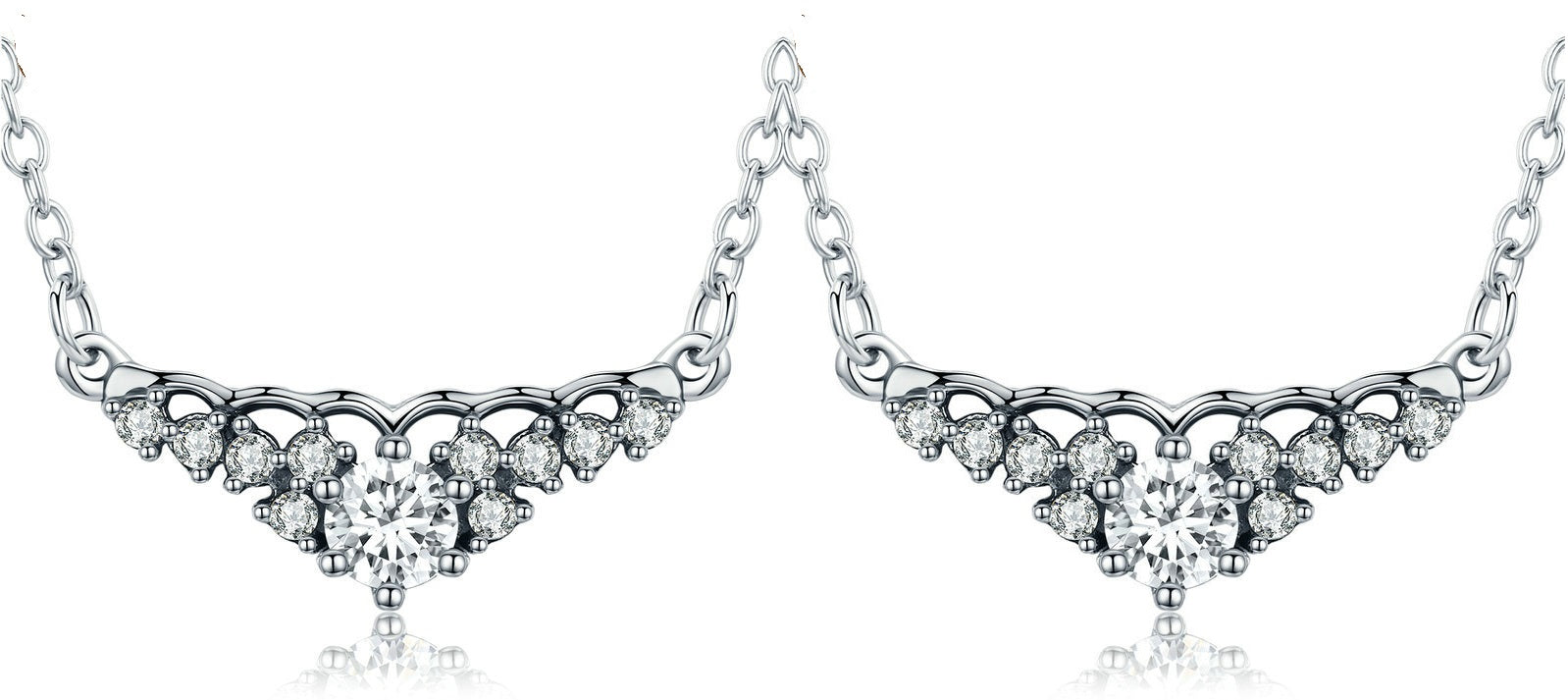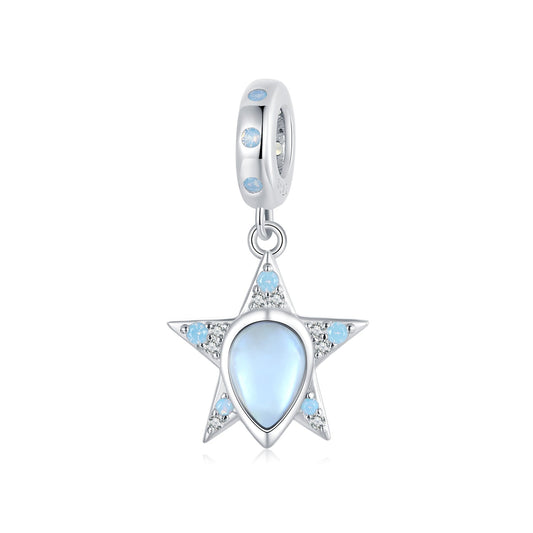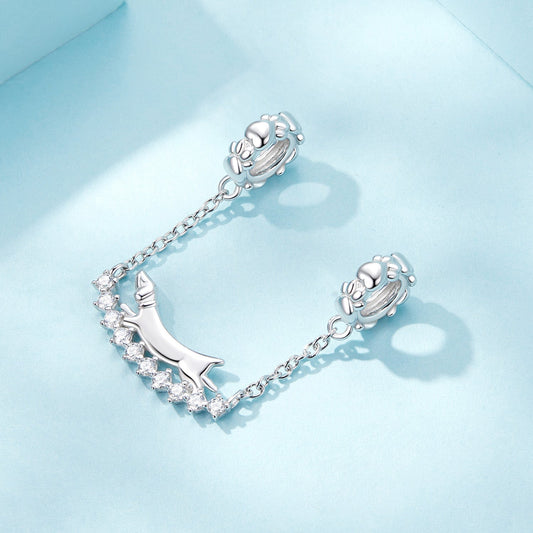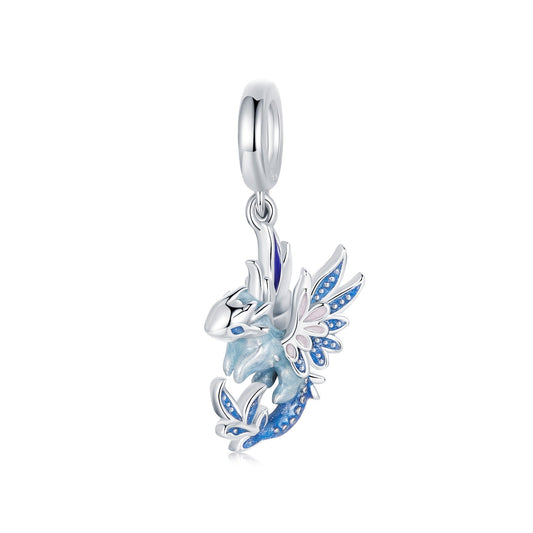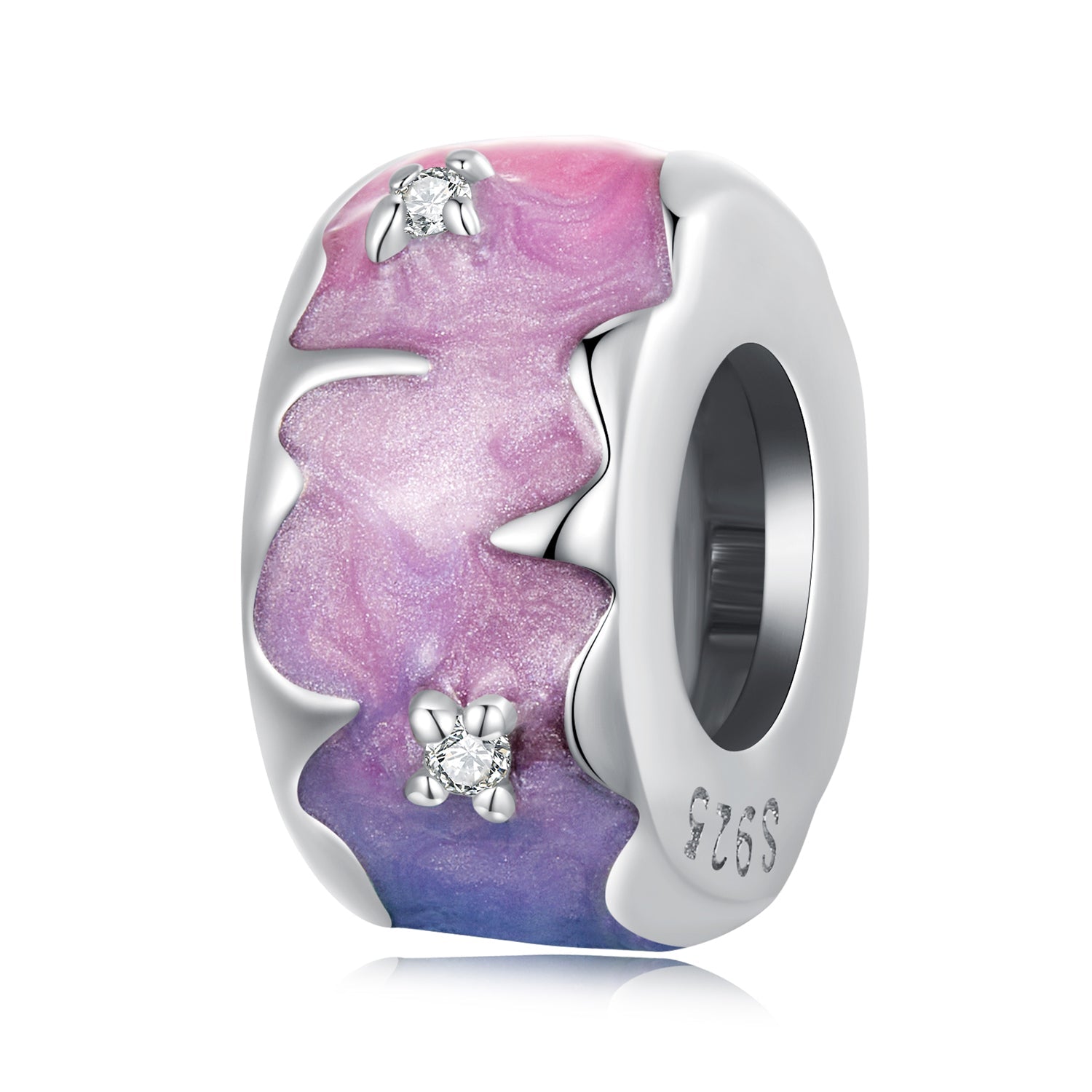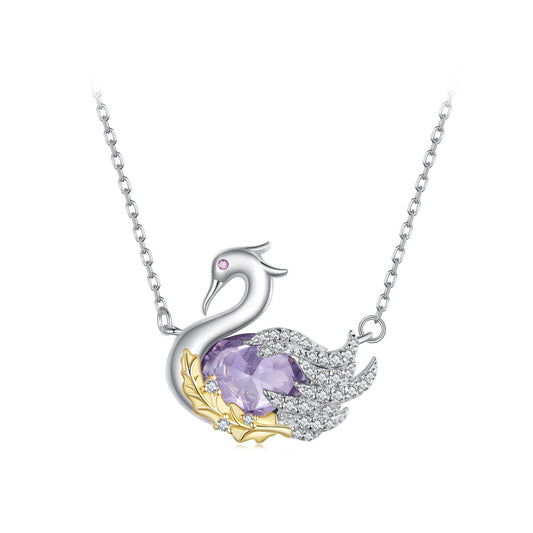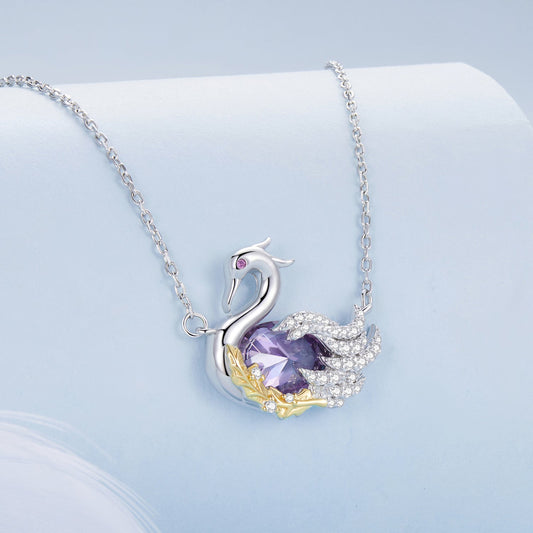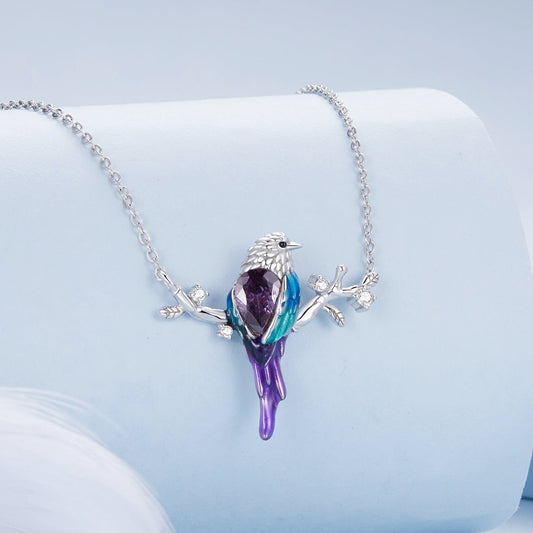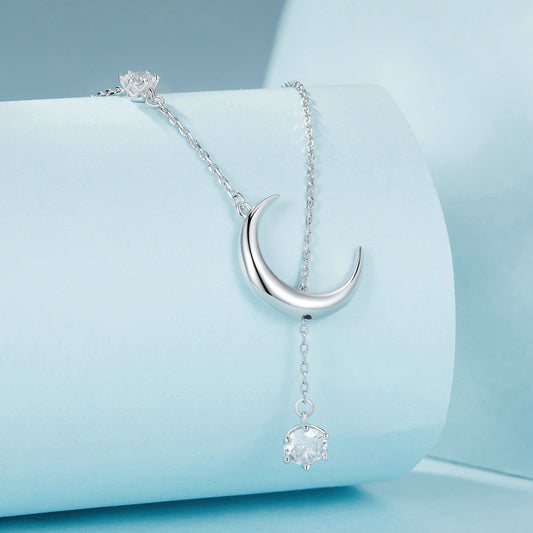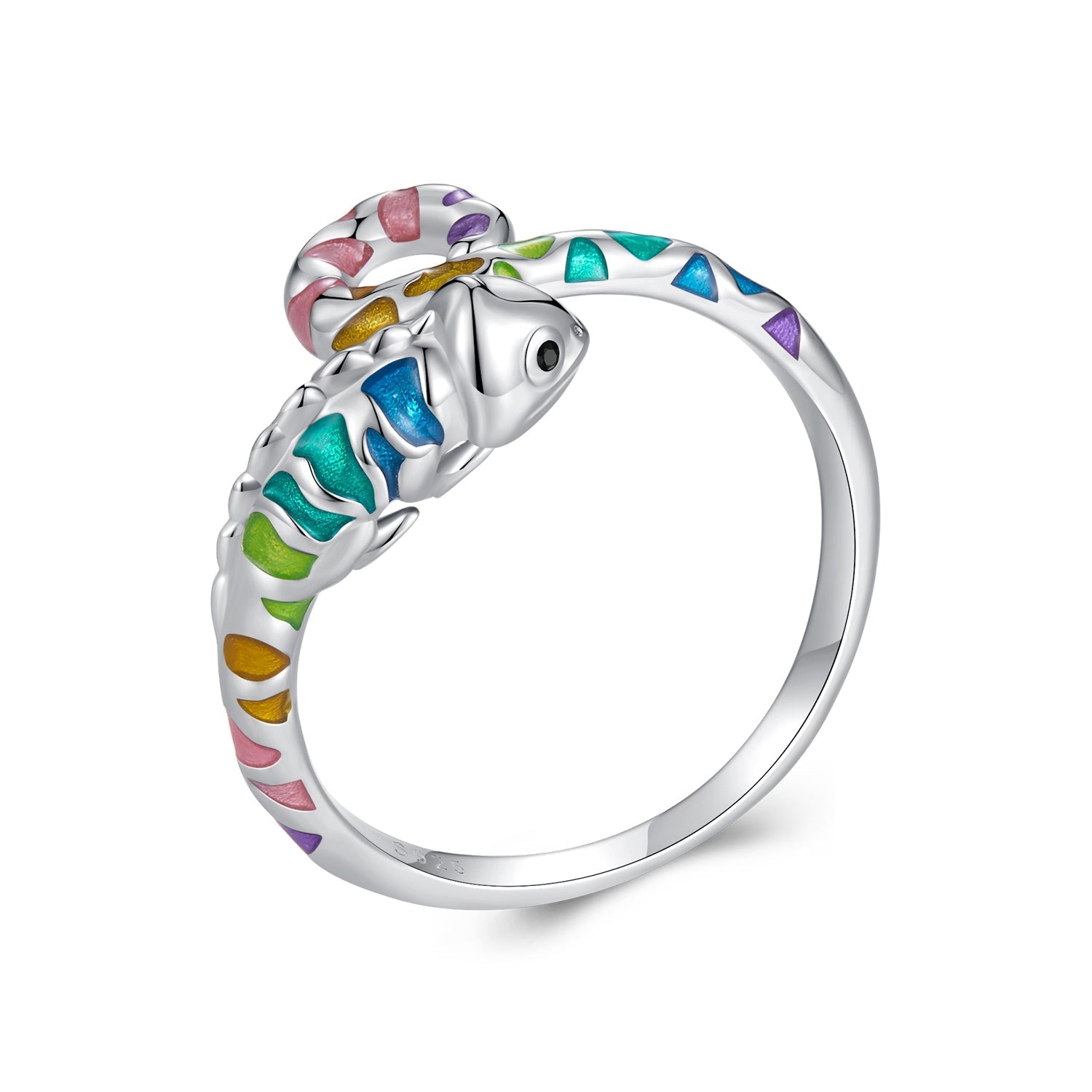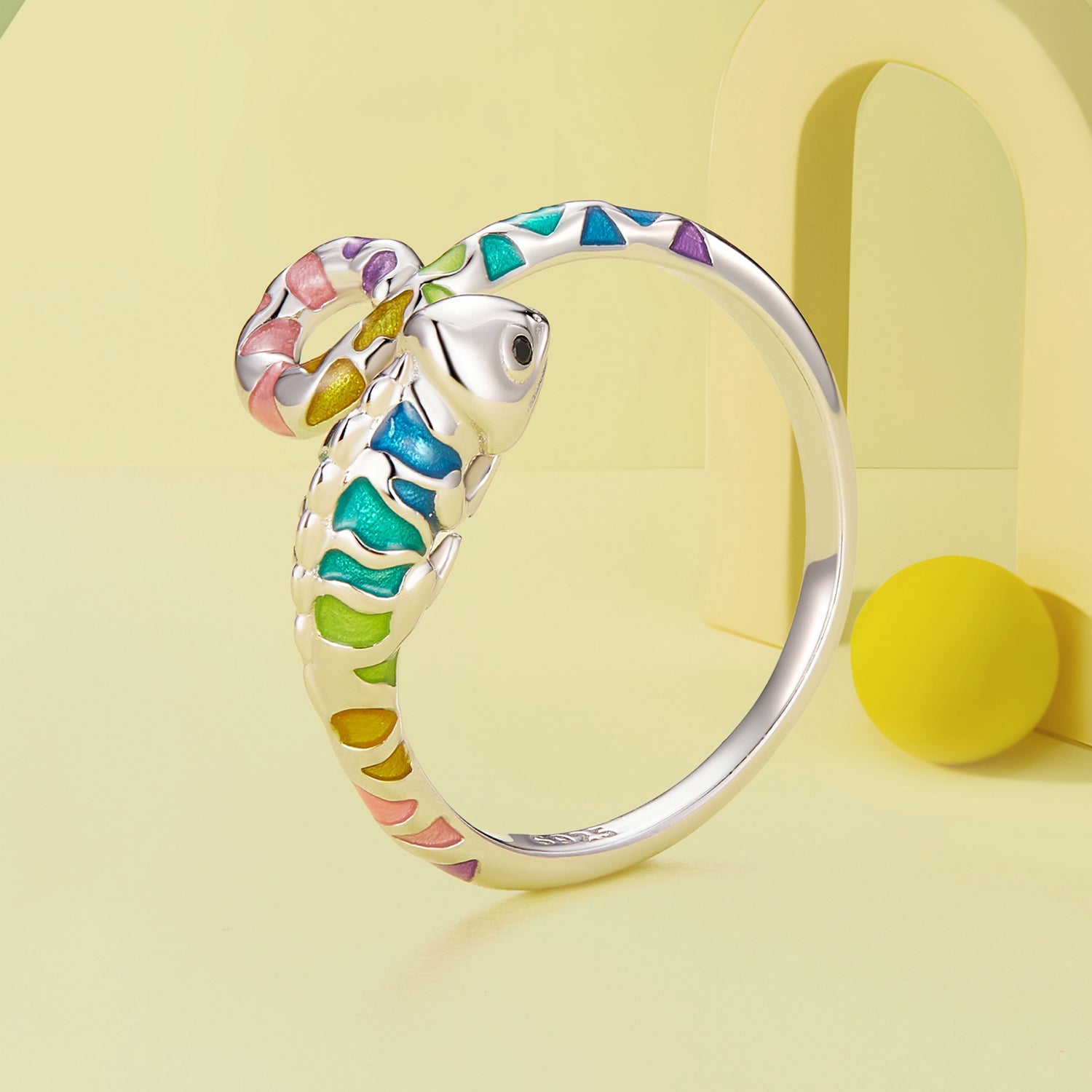Where Does Silver Come From?
Silver, known for its brilliant luster and industrial utility, has fascinated humanity for millennia. This precious metal not only adorns our jewelry and coins but also plays a critical role in various technological applications. But have you ever wondered where silver comes from? Let's delve into the origins and processes behind this captivating metal.
Natural Occurrence
Silver is a naturally occurring element found in the Earth's crust. It primarily exists in its native form, as an alloy with other metals, or in minerals like argentite (Ag₂S) and chlorargyrite (AgCl). Although pure silver nuggets are rare, they can be found in some regions, often embedded within other mineral deposits.
Major Sources of Silver
1. Mining Operations
Most silver is obtained through mining. It is usually mined as a byproduct of copper, gold, lead, and zinc extraction. The primary silver mines are located in countries such as Mexico, Peru, China, and Australia, which account for a significant portion of the global silver production.
2. Silver Mines
Some mines are dedicated solely to silver extraction. These mines often feature rich veins of silver ore, which are economically viable to extract. Prominent silver mines include the Fresnillo mine in Mexico and the San Cristobal mine in Bolivia.
Extraction Process
1. Ore Processing
The extraction of silver begins with the mining of ore. The ore is crushed and ground to release the silver particles. This crushed material undergoes flotation, where chemicals are added to create a frothy layer that captures the silver particles. This froth is then skimmed off, resulting in a concentrated form of silver ore.
2. Smelting and Refining
The concentrated ore is then subjected to smelting, a high-temperature process that separates the metal from impurities. During smelting, the ore is heated in a furnace along with a reducing agent, such as coke, which helps to isolate the silver. The resulting molten mixture is poured into molds to create silver bars, which still contain impurities.
To achieve high-purity silver, the bars undergo refining processes such as electrolysis. In electrolysis, the silver bars serve as anodes in an electrolytic cell. An electric current passes through the cell, causing pure silver to deposit onto the cathode while impurities are left behind.
Recycling Silver
In addition to mining, a significant amount of silver is recovered through recycling. Old jewelry, silverware, electronics, and photographic materials contain substantial amounts of silver. Recycling these items not only reduces the environmental impact of mining but also helps to meet the demand for this precious metal.
Environmental and Ethical Considerations
Silver mining and refining can have environmental impacts, including habitat destruction, water pollution, and greenhouse gas emissions. Therefore, many companies and countries are implementing more sustainable and ethical practices in silver production. This includes improving recycling efforts, reducing energy consumption, and ensuring fair labor practices in mining communities.

